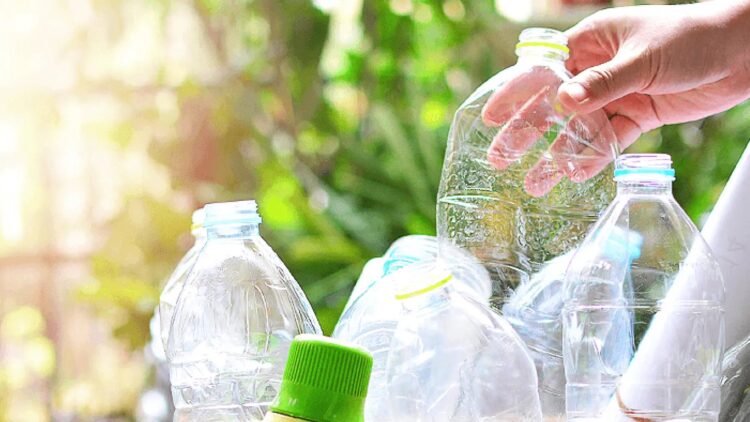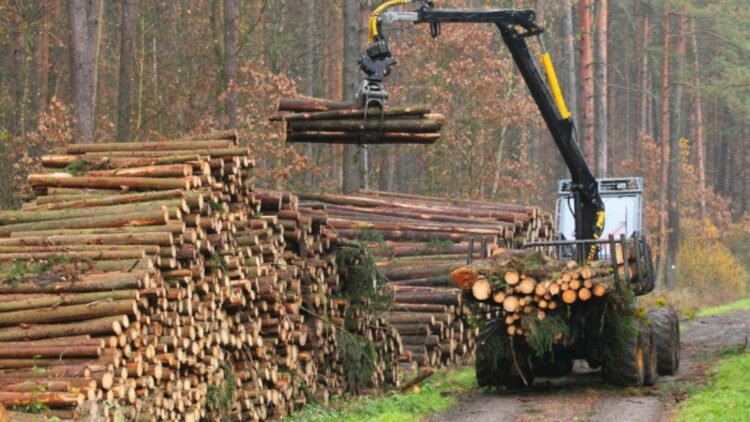It’s official – U.S. Social Security will take a deduction that could cost you up to $4,000 a year
Goodbye to GM – the automotive giant is being sued again for defective V8 engines in more than 600,000 vehicles
Real ID in Wisconsin – it will be mandatory and these are the documents you need to obtain the Real ID
We know plastic pollution is the worst for our planet, but… what if a new eco-plastic was created? Let me tell you this is a reality, some Swiss scientists have come up with a biodegradable plastic. The remarkable feature of this eco-innovation is that it is a living material!
Who has started this project? Experts on materials science have been studying ways to make this damaging material a greener one. This is important for our future because we use plastic every single day.
So, let’s see how this project came about and what are its future consequences.
Where it all began
Some Swiss scientists from the E
mpa – Swiss Federal Laboratories for Materials Science and Technology
, achieved the remarkable task of creating a new material similar to plastic with some important features for planet Earth.
This new material is flexible, biodegradable and you can even eat it! However, the most surprising aspect of it is that it contains living material inside. The plastic now is made out of chemical products, but not this new one. This biodegradable plastic is made out of fungus, which are still alive!
Living materials
The fungus used for this eco-material is the Schizophyllum commune, also known as split-gill mushroom, and it can be found in nature and also eaten.
Scientists used the root of the fungus to transform it into a kind of gel in a way the cells of the fungus could be alive during the process. This gel is named LFD (Living Fiber Dispersions).
This gel is easy to mold, resistant, not toxic and still produces useful substances. The biodegradable plastic is way different to others because it keeps using the fungus’ cells and also the substances they produce.
What are those substances?
It is fascinating that even when the fungus’ root is transformed into gel, the substances the fungus normally produces are still there and they are used by the biodegradable material.
Those substances are schizophyllan (gives structure and strength) and hydrophibin (water repelling and joins materials). These are the ones that make the LFD material so useful.
Biodegradable plastic in our daily life
We use plastic in most of our objects that we are not even conscious of. Even when we order online, the products’ packaging are plastic which will be thrown in the trash and this will be in our planet for ages.
That’s why scientists believe this material has a lot of potential for many things we use regularly due to its decomposition and non-toxic features. Thanks to this we can use that material in trash bags, biodegradable batteries and even food or cosmetics.
Biodegradable material has room in the future
We have always heard about environmental awareness and how bad our planet is, so scientists think this material will be a good option for all the climate issues. It is also an open window for new developments in the science and technology fields.
So… science is closer to make our lives greener
That’s true! This is a huge step in a sustainable future.
It is true that many companies are trying to have a greener manufacturing process
, but this new material… it’s on another level.
In the future we could have clothes made out of living fungus which regenerate itself. What’s more, we could witness intelligent materials that adapt to the environment and we will have environmentally friendly alternatives to plastic.
Imagine living the same way, but knowing you are not polluting that much and everybody is contributing to Earth’s future. These are the types of actions we need in our society, so we have a bit of hope for our next generations. I’m looking forward to wearing a dress made out of living fungus, aren’t you?



